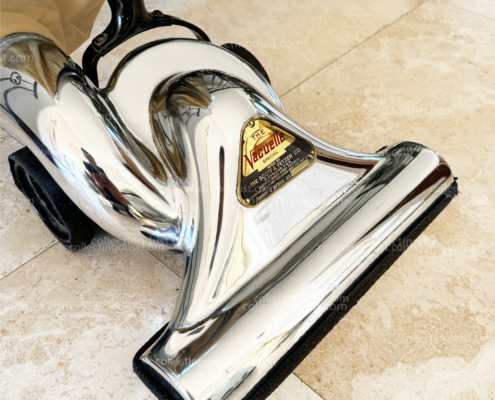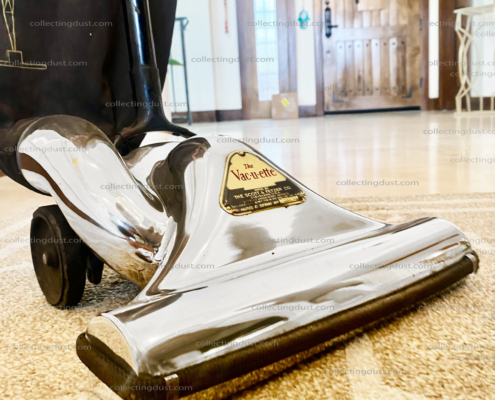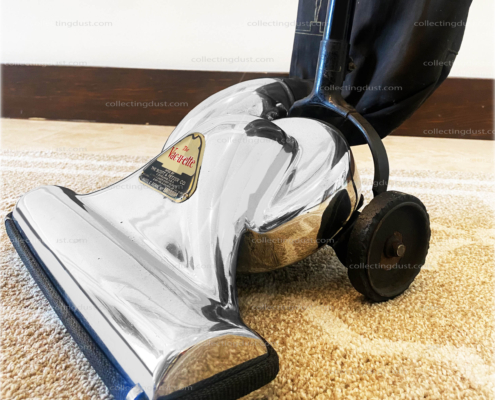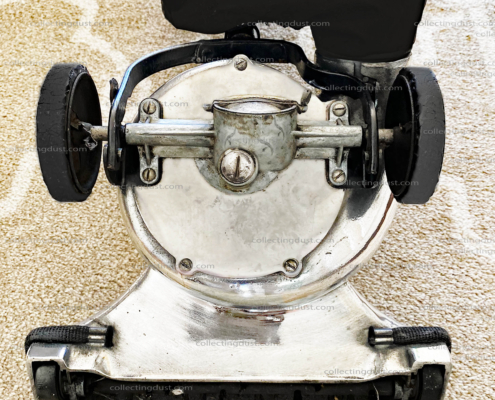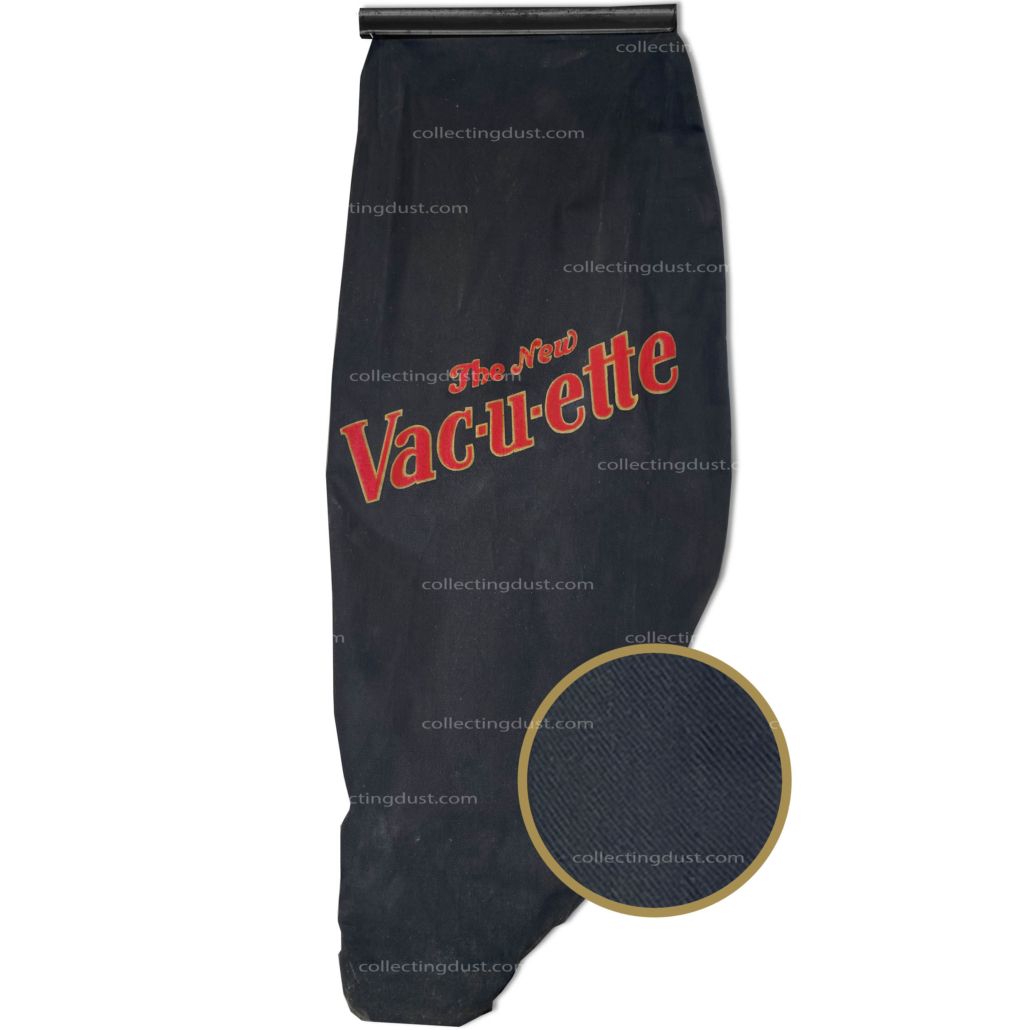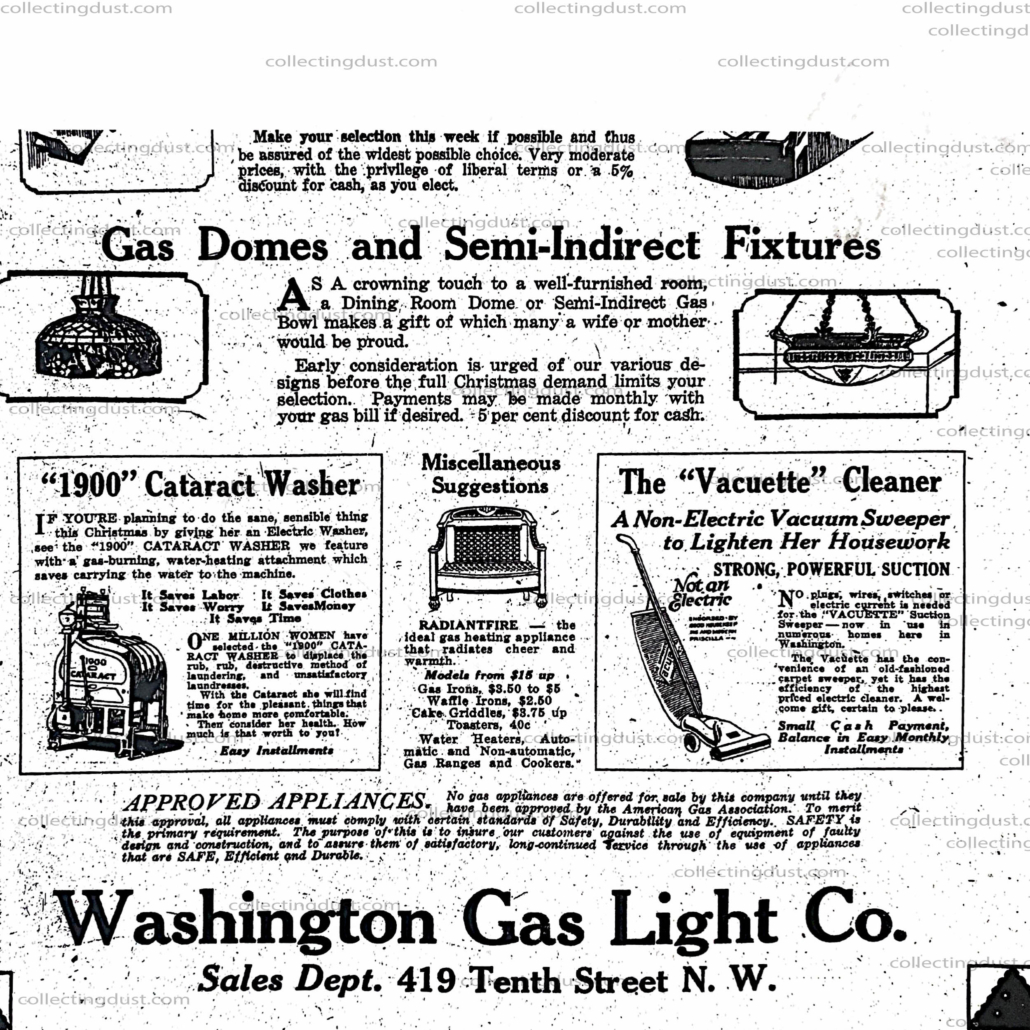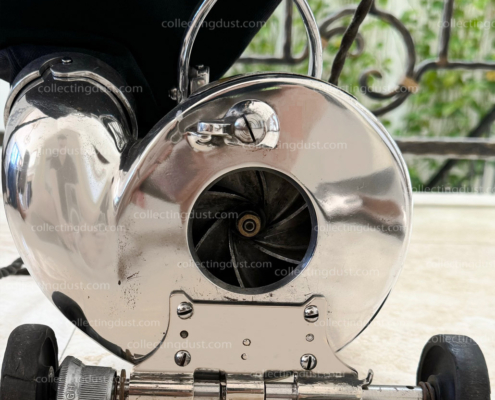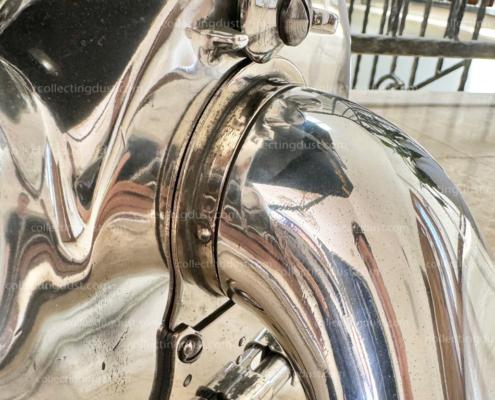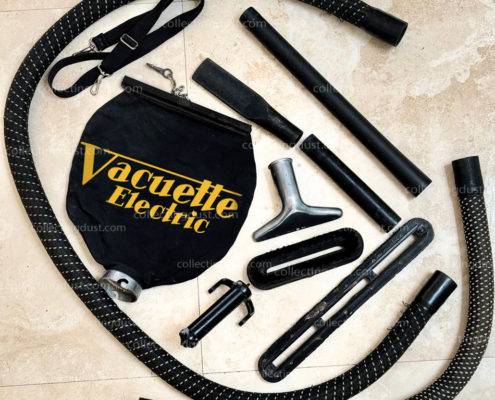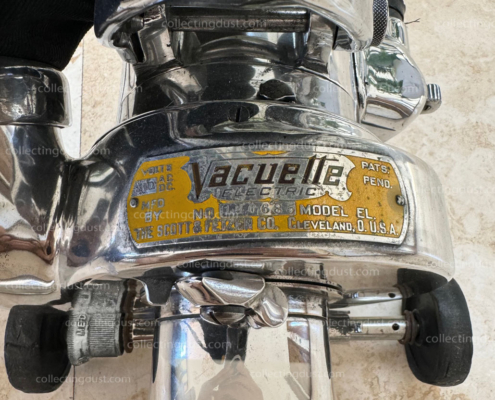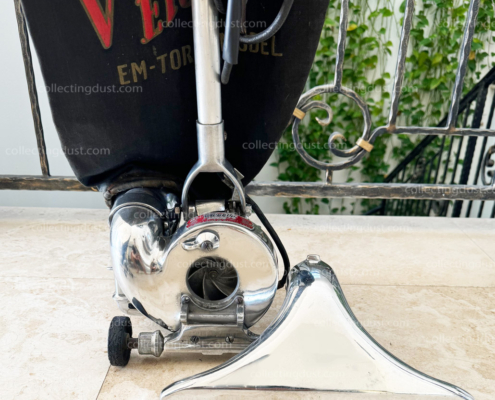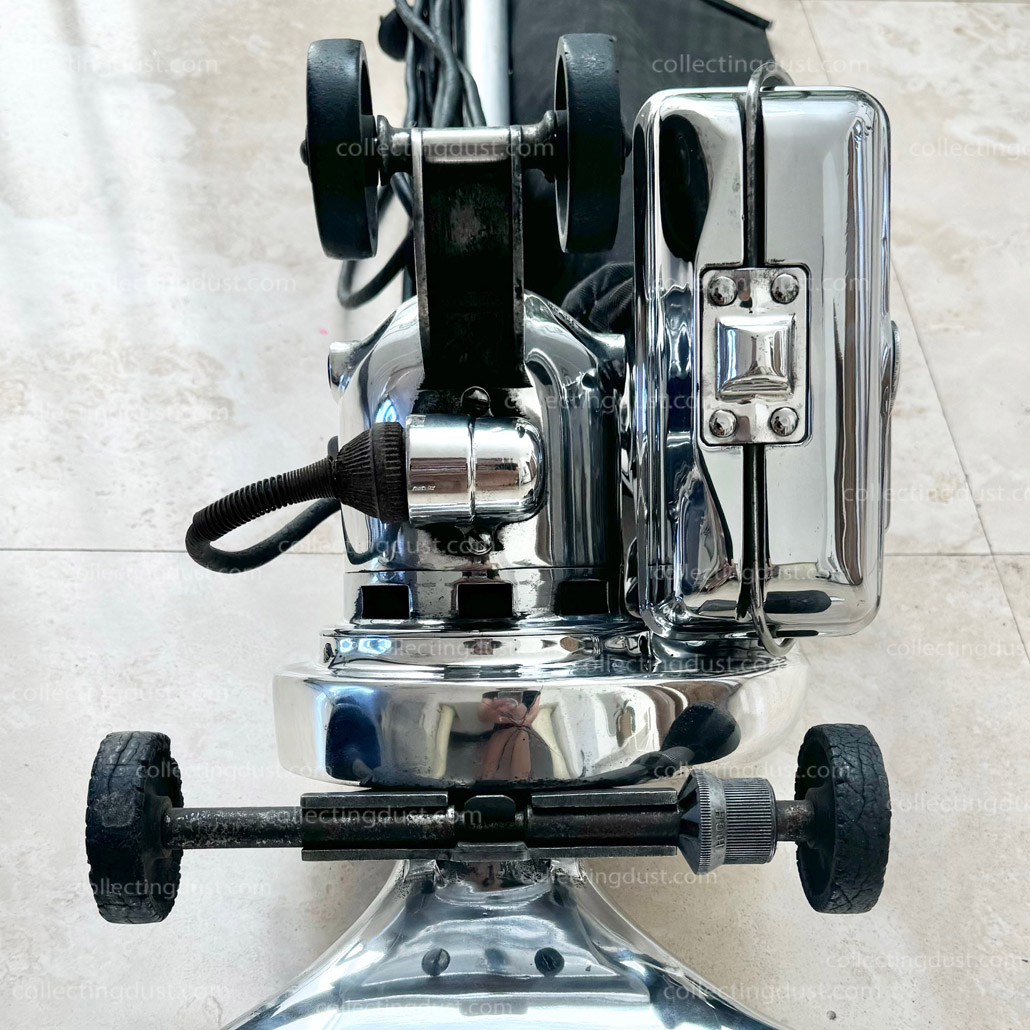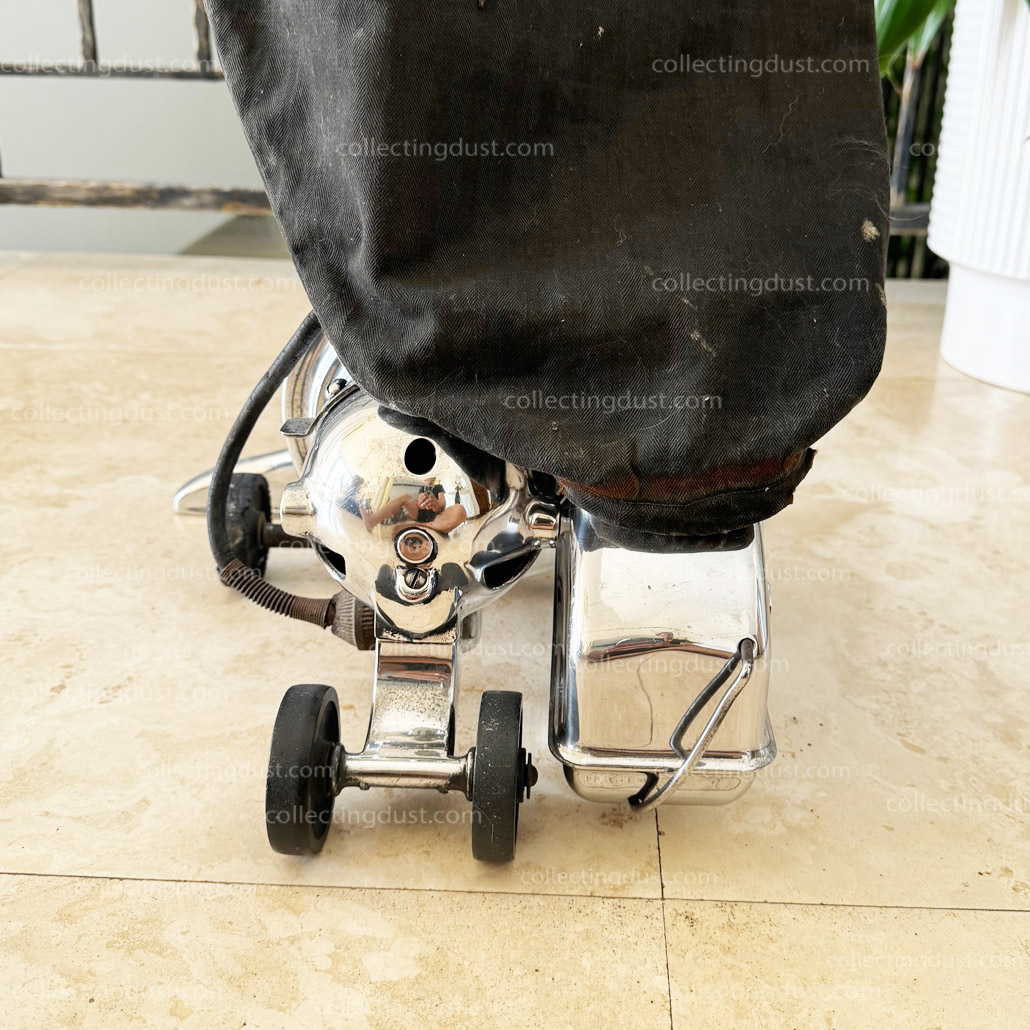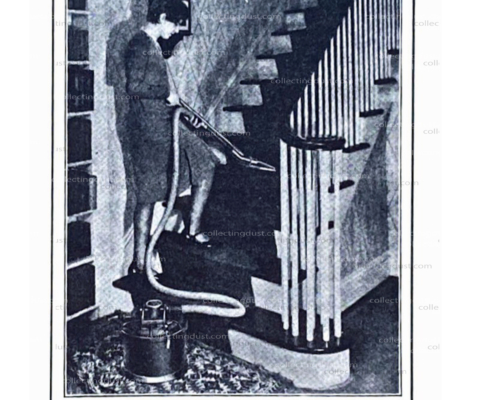Kirby Model Years 1915-1934
The outbreak of “World War I” brought about unexpected changes in Jim Kirby’s life. Deemed too old to join the military he was determined to contribute to the war effort. He was assigned to work in the Cleveland area for the Scott and Fetzer machine company.
Before the war, Scott & Fetzer specialized in manufacturing automobile parts like cam rolls, valves, and pump shafts. However, due to the war’s demands, they shifted their production to Very signal pistols. Jim Kirby, in his role as an expediter, played a crucial role in ensuring the smooth production and delivery of these pistols. Its worth mentioning that “The Scott & Fetzer Machine Company” was founded in 1915 and then incorporated as “The Scott and Fetzer Company” on November 30, 1917.
When the war finally came to an end, Jim Kirby approached Scott and Fetzer with an exciting proposition. He had developed a revolutionary household appliance that he believed would capture the interest of the company. Eager to explore this opportunity, a demonstration of his new non-electric cleaner was arranged.
Impressed by the effectiveness and innovation of Kirby’s invention, Messrs. Scott and Fetzer wasted no time in drawing up a royalty agreement. In 1919, the “Vacuette Suction Sweeper” was officially introduced to the market. Its popularity soared, and between the years 1919 and 1930 , over 2 ,000,000 units were sold worldwide.










